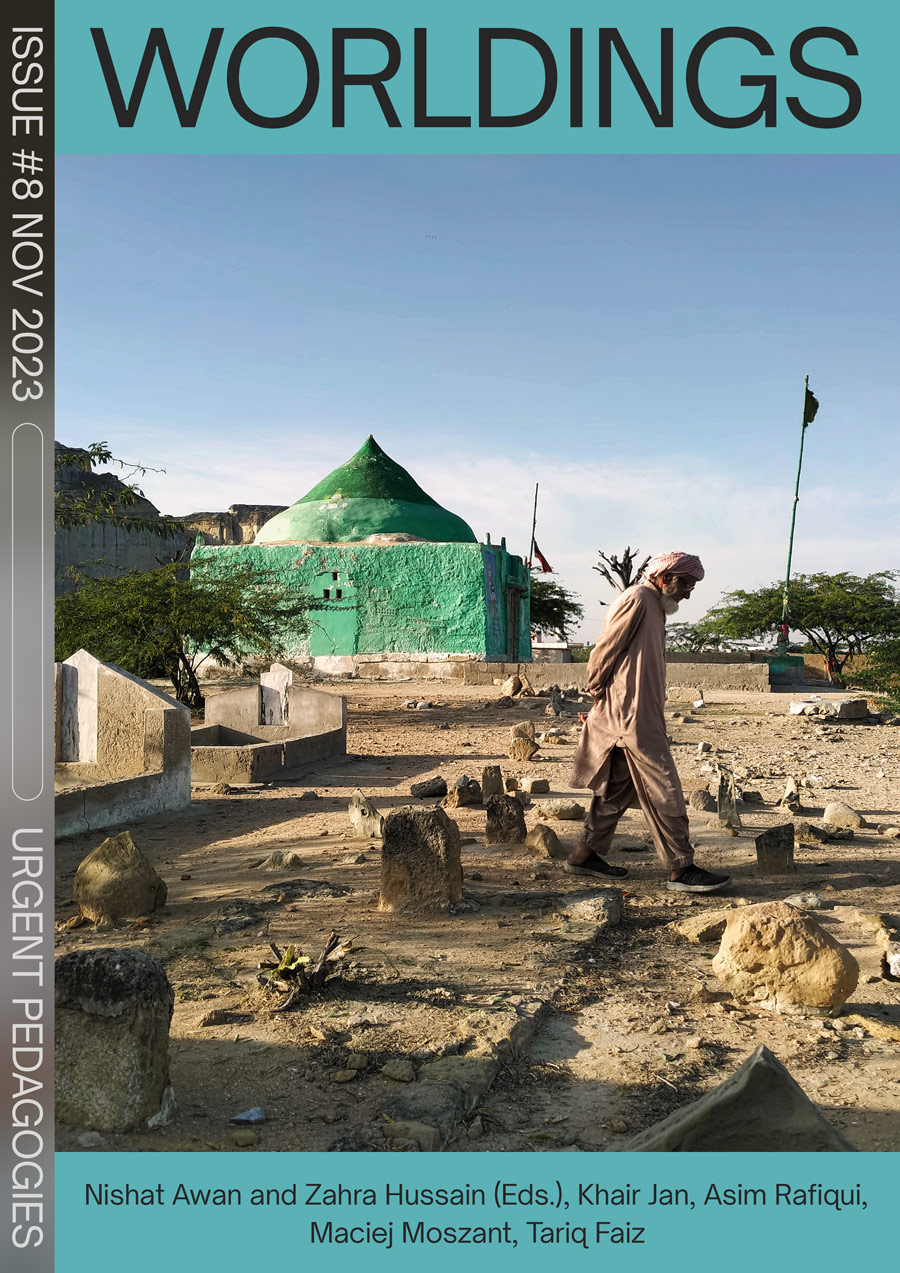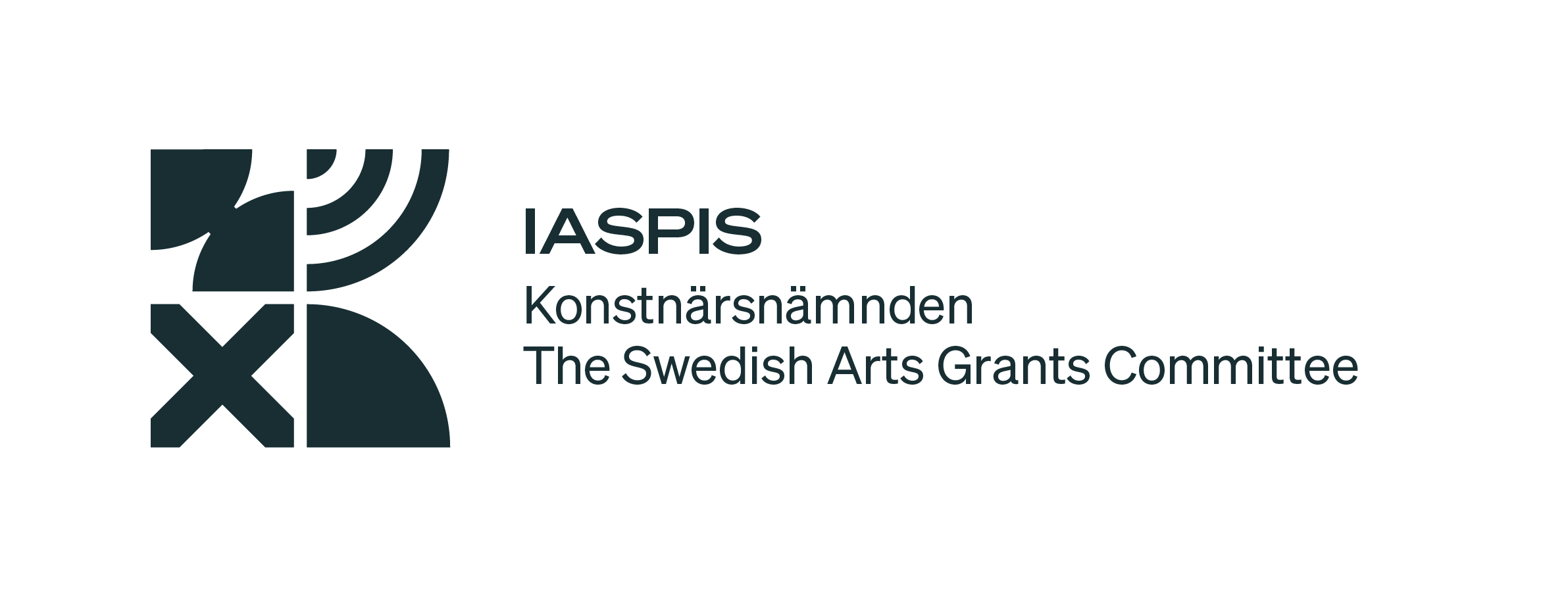It all starts with a wall
Maciej Moszant
CATEGORY
It all starts with a wall is a design project produced as part of the Borders & Territories: Emergent Border Conditions in Eurasia graduation studio at TU Delft. The site of the project is Balochistan, a geographical region historically spanning Pakistan and Iran.

It all starts with a wall. Drawing: Maciej Moszant
Balochistan is the largest and the most precarious province of Pakistan. Along with cross-border Iranian Balochistan-Sistan province, it is the homeland of the Baloch people whose territory has been divided by the national frontier. Through occasional acts of insurgency the Baloch strive to regain their independence from the Pakistani state, which has been extracting the province’s natural resources, while exploiting it in economic, material and social terms. The violence of the state, often also manifested as negligence, induces the Baloch to engage in ‘illicit’ practices, that is, practices that are commonly acknowledged and tolerated by the state. Informal trade, border smuggling and human trafficking have become one of the few ways to survive in the economic misery of this arid land. Effectively, the intertwining of inner local urgencies with outer (geo)political conditions has determined this very particular local means of getting by. Despite being deemed an extremely dangerous activity, smuggling has become commonplace and has created a standalone economy within the area. The Baloch people smuggle oil in the form of crude diesel, food, building materials, drugs, and people mainly using an Iranian brand of rugged blue pick-up trucks, locally known as Zamyads or Zambads. However, the most characteristic commodity smuggled across the border that maintains the core of the local economy is oil and diesel. The self-contained living infrastructures that smugglers build to survive in the hostile mountainous and arid lands of Balochistan not only generate economic relations but also sustain life. The economic significance of this trade, to some extent, contests the actual role of the state, as well as emerging international projects that the Baloch are forcibly pulled into.
The speculative project, It all starts with a wall, aims to counteract the ongoing sealing and fortification of the once porous border that enabled smugglers to trade and to get by. The gradual process of border fortification is blocking the self-established informal economy of the region and the design for a self-organised smuggler’s city counteracts this phenomenon. Carefully located in the currently existing gaps within the Iran-Pakistan border fortifications, the conceptual design envisions a growing spatial intervention in the form of a new crossborder autonomous community that enables smugglers to maintain their livelihoods. The settlement is built along the beds of seasonal rivers that do not respect the logic of human made borders. The design is based on a constant reconfiguration that adapts to the changing perimeter of the seasonal river. The complex labyrinthine structure of the settlement helps smugglers avoid law enforcement pursuits that currently deter them from trading. The project, therefore, spatialises the condition of the ‘hide and seek’ game that is being repeatedly played out between smugglers from both sides of the border and law enforcement forces. The design takes advantage of a great variety of locally available resources such as minerals from mining, bamboo, or clay, mixed with reused left-overs from smuggled commodities such as vehicular spare parts, solar panels, and oil barrels. The spatial strategy is accommodated to the site-specific geographical conditions using a Grasshopper script that generates instances of this quasi-urban structure adapted to the specificities of the gap identified in the border fortifications.
This text has been commissioned and written uniquely for Urgent Pedagogies.
is an architect, graduated cum laude & with honours in 2021 from the architecture, urbanism and building sciences programme at TU Delft, Netherlands. He has also studied and practised as a designer in France and Poland, working on projects of different scales, from exhibitions, art installations to architecture and urban masterplans.







